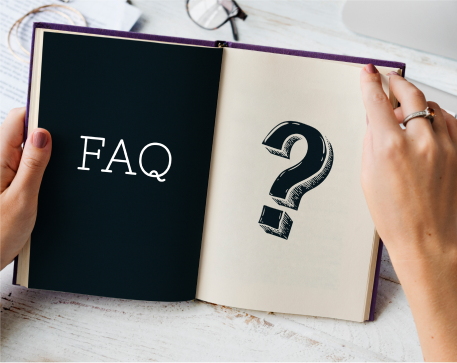Ready to learn?
Take the first step toward achieving your educational goals. Whether you’re preparing for exams or expanding your knowledge, getting started is just a click away. Join us today and unlock your full potential
832, utkarsh bhawan, near mandap restaurant, 9th chopasani road, jodhpur rajasthan - 342003
support@utkarsh.com
+91-9116691119
Support
Learning Resources
Rajasthan Govt Exams
Central Govt Exams
Civil Services Exams
Nursing Exams
School Tuitions
Other State Govt Exams
Agriculture Exams
College Entrance Exams
Miscellaneous Exams

© 2025 Utkarsh Classes & Edutech Pvt. Ltd. All Rights Reserved
Home
National Current Affairs
Banking and Finance
SBI becomes 7th company to cross Rs 8 lakh crore market capitalisation

Utkarsh Classes
Updated: 04 Jun 2024
3 Min Read

India’s largest commercial bank, State Bank of India (SBI), has become the seventh listed company in India to reach Rs eight lakh crore in market capitalisation. The shares of the State Bank of India hit a new high of Rs 899.55 on the BSE on 3 June 2024.
SBI joins the ranks of Reliance Industries, Tata Consultancy Services, HDFC Bank, Bharti Airtel, Infosys, and ICICI Bank in achieving this milestone.
The government-owned SBI is India’s largest and most profitable bank. Among Indian banks, SBI has the largest number of branches and ATMs. It also has the highest number of foreign branches and offices amongst the Indian banks.
Market capitalisation, or M-Cap, refers to the total number of a listed company's free-floating equity shares multiplied by the current average market price of each share.
A free-floating share of a company means the equity share of the company that is held by the public and can be freely traded on a stock exchange where the company is listed.
A listed company is a company which is listed on a recognised stock exchange.
Companies which are listed on a recognised stock exchange are classified into Large Cap, Mid Cap and Small Cap on the basis of market capitalisation, companies are classified into Large Cap, Mid-Cap and Small Cap.
Large Cap: Publicly listed companies with a market capitalisation of Rs 20,000 crore or more are called large-cap companies.
Mid-Cap: Publicly listed companies with a market capitalisation of less than Rs 20,000 crores and up to Rs 5000 crore.
Small Cap: Publicly listed companies with a market capitalisation of less than Rs 5,000 crores.
The State Bank of India’s origin is traced to the establishment of the Bank of Calcutta, which was set up in 1896 in Calcutta (now Kolkata). The bank was later renamed as the Bank of Bengal in 1806.
In 1840, the Bank of Bombay was established, and the Bank of Madras was established in 1843. The three Presidency banks were later merged, and the Imperial Bank of India was formed in 1921.
All India Rural Credit Survey Committee (Gorwala Committee) 1951, set up by the government of India, recommended that the government nationalise the Imperial Bank, which was owned by foreigners. The State Bank of India Act 1955 was enacted, and the government of India nationalised the Imperial Bank of India.
The SBI Act 1955 also changed the bank's name from Imperial Bank of India to State Bank of India.
The act also transferred the bank's ownership from foreigners to the Reserve Bank of India (RBI).
On the recommendation of the 1988 Narasimham Committee on Banking Sector Reform, RBI transferred its entire 59.7 % share to the government of India in 2007.
Currently, the government of India holds a 57.6% share of SBI.
Headquarters: Mumbai, Maharashtra
Chairman: Dinesh Kumar Khara
Tagline: Pure Banking Nothing Else
Top Posts
Frequently asked questions

Still have questions?
Can't find the answer you're looking for? Please contact our friendly team.
Visit an Offline Centre Near to You.

1-Liner PDFs FREE !
Kumar Gaurav Sir ki Class PDF aur Daily One-Liner CA – Bilkul Free! Rozana preparation ko banaye aur bhi Damdaar!